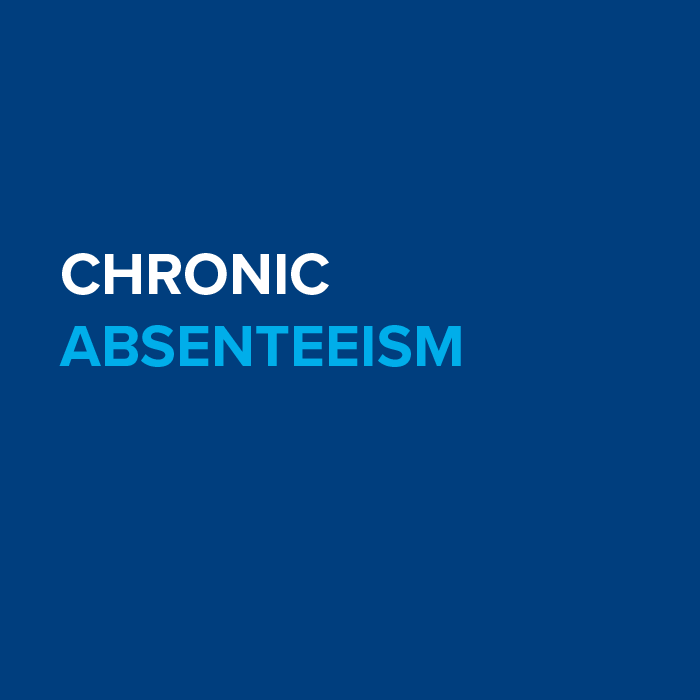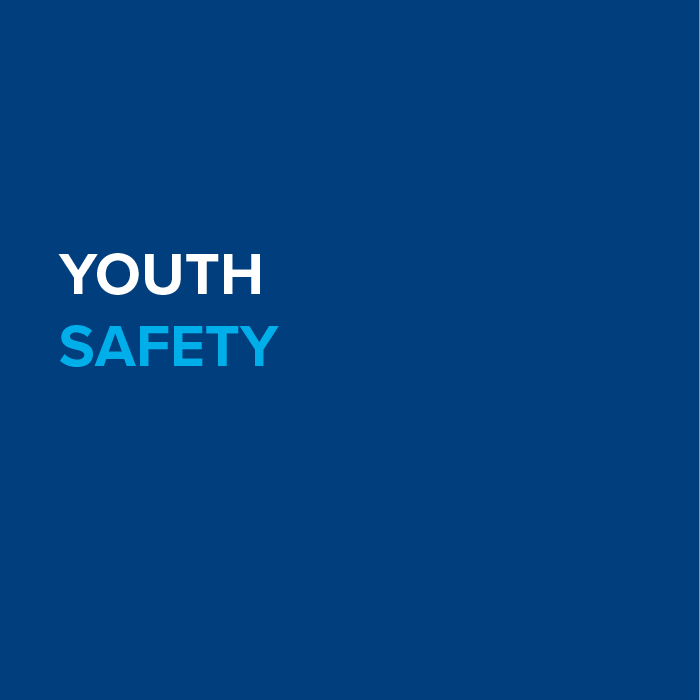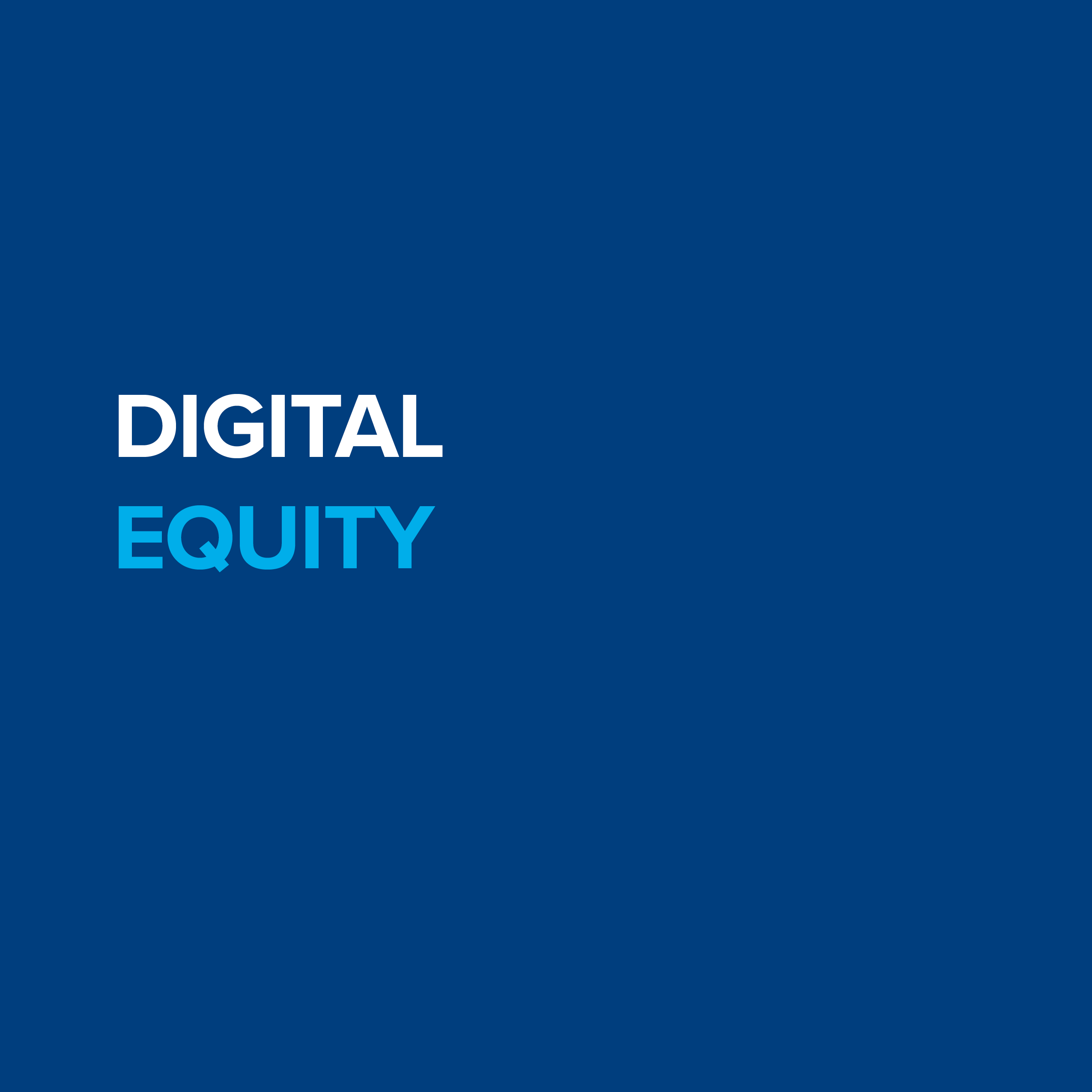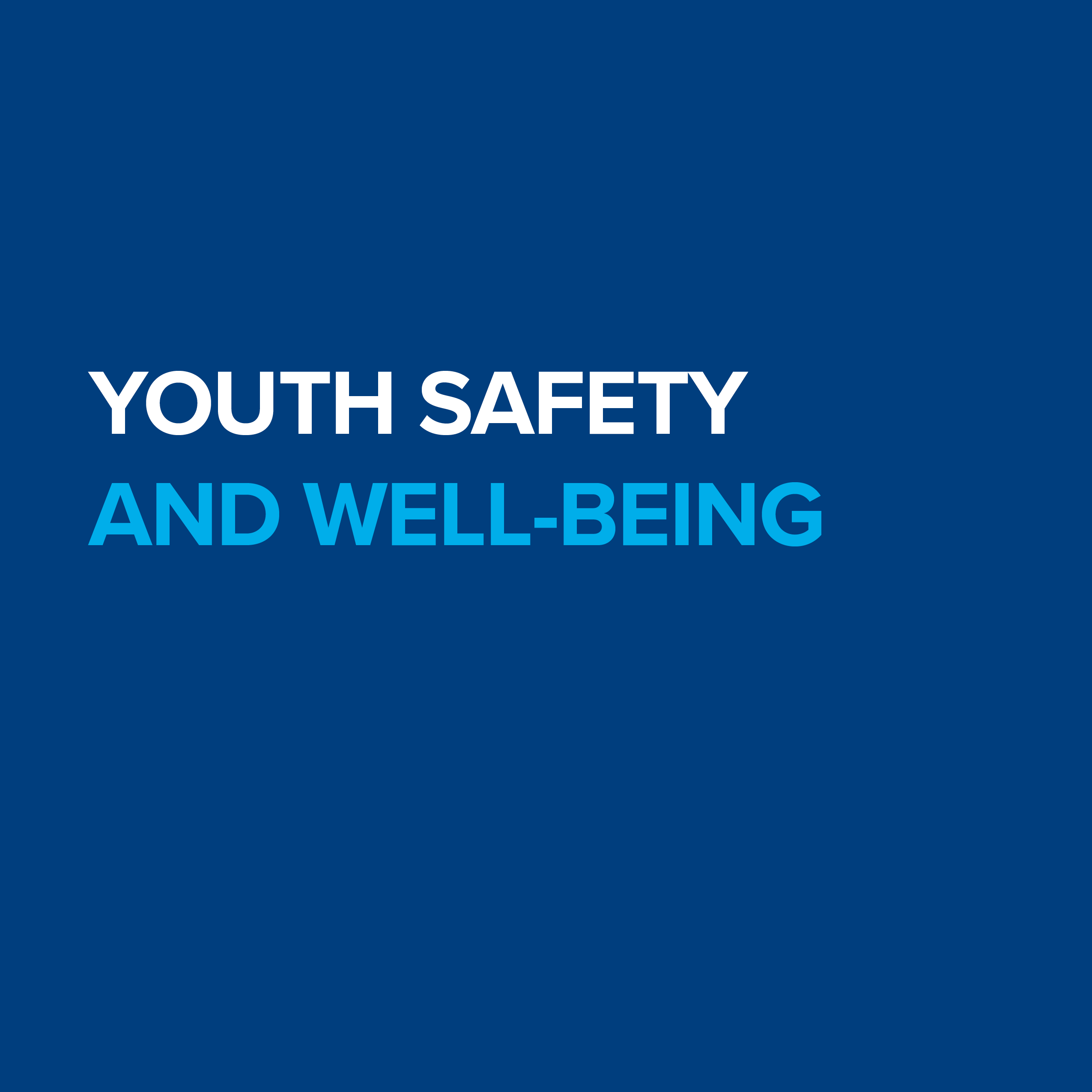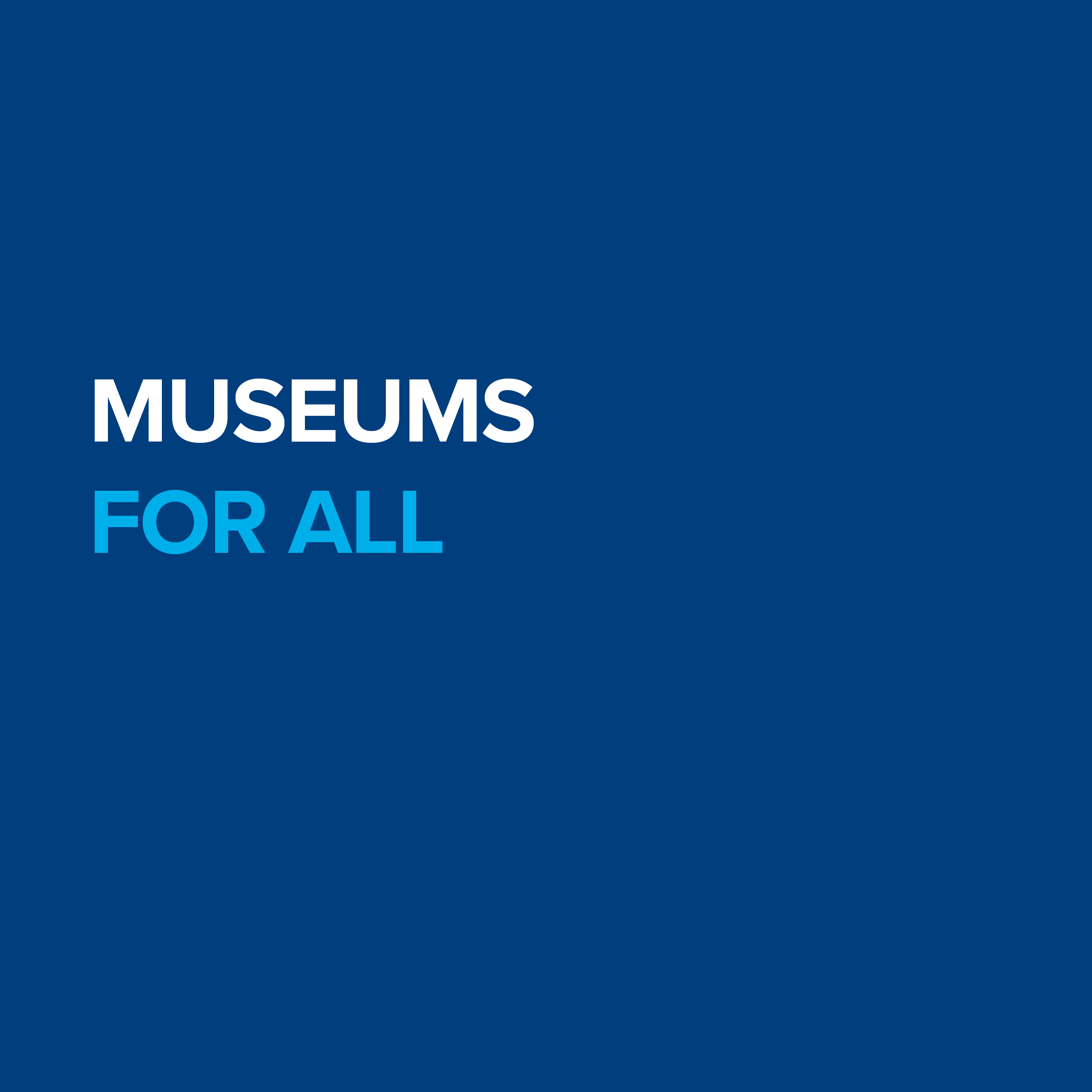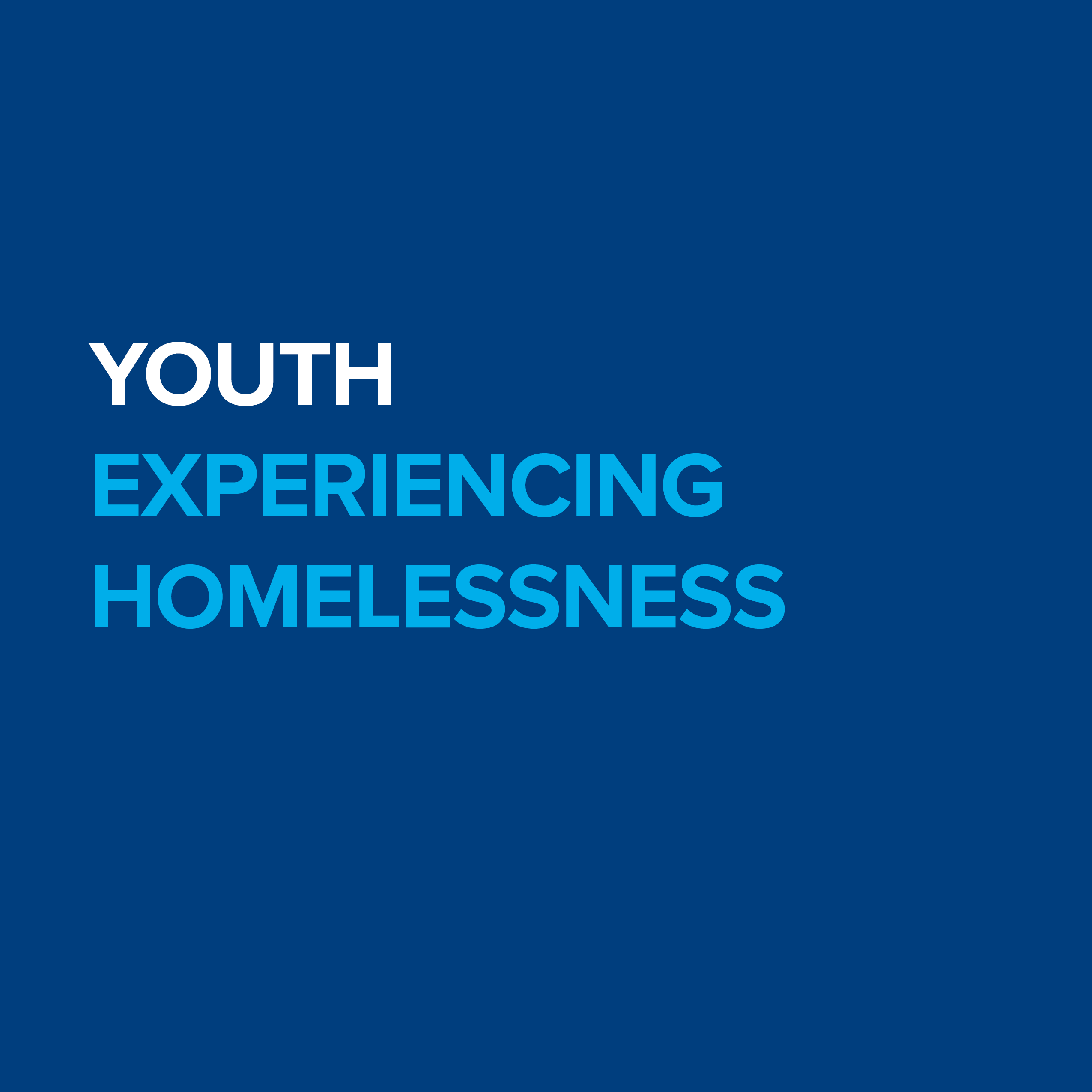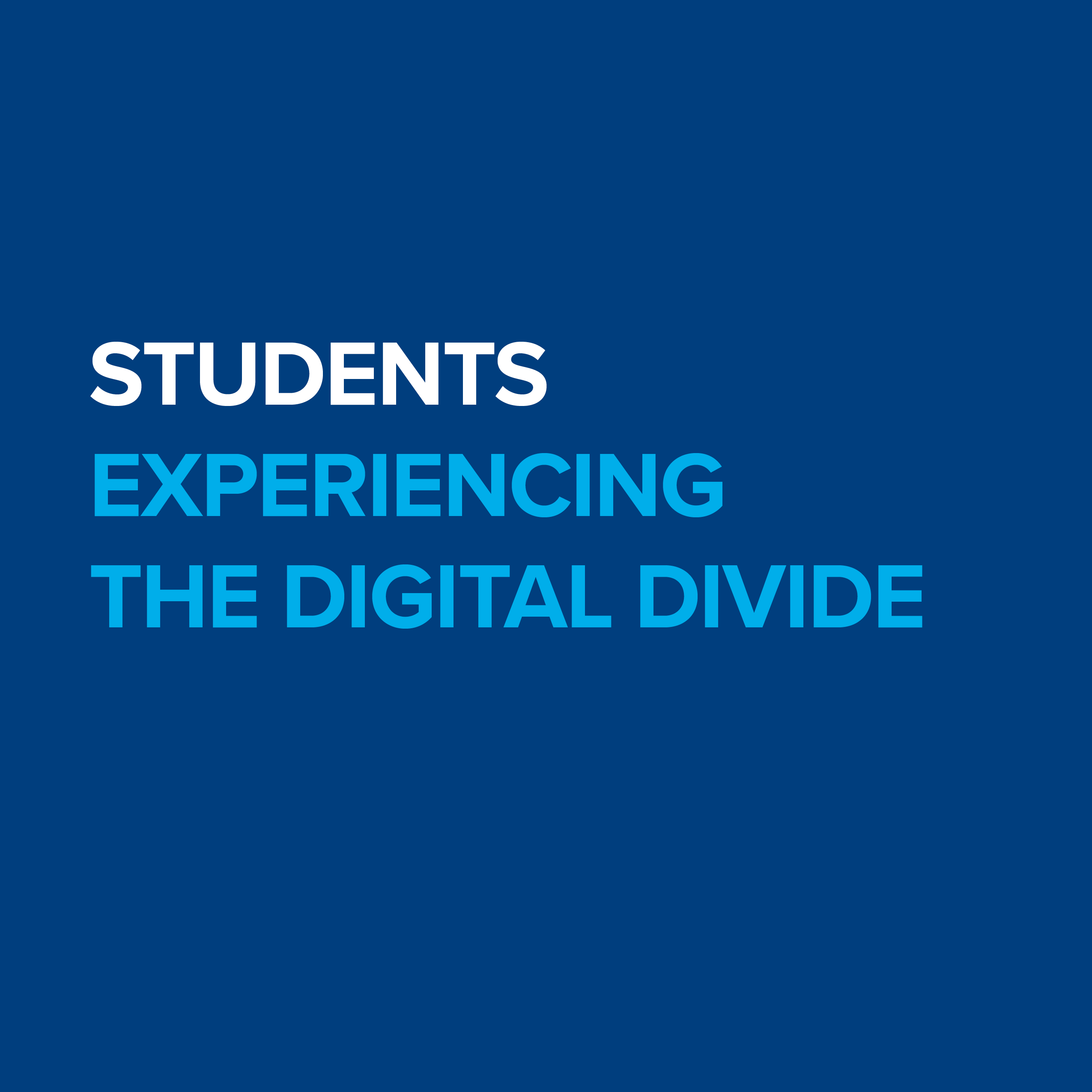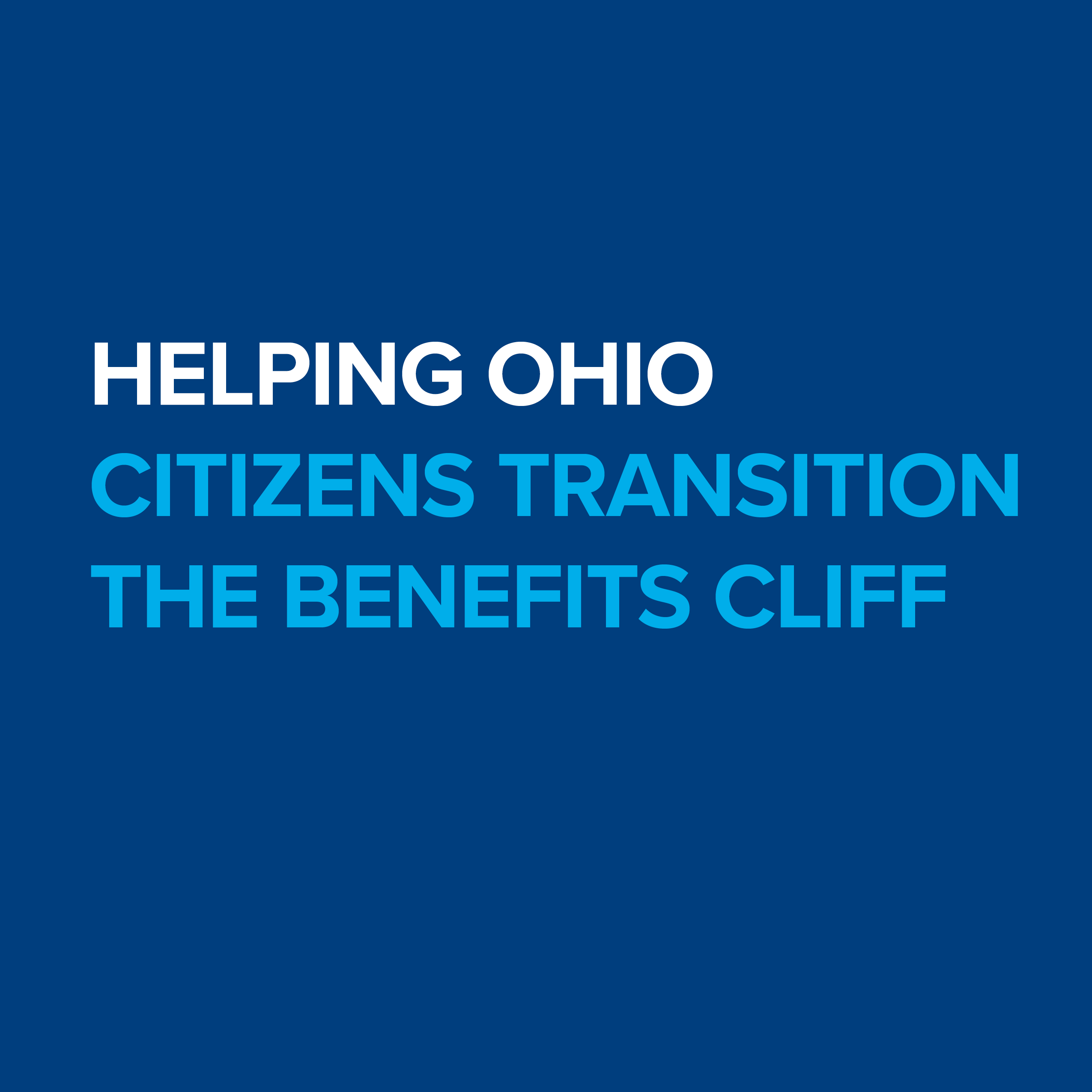Discover how the human-centered design process can unlock voice and advance true understanding.
OUR DESIGN PROCESS & PROGRAMS
The Columbus Foundation’s Designing for Community Well-Being practice focuses on ensuring central Ohio residents reach their full potential, live well, and experience a sense of meaning and purpose. Our work measures both individual and community well-being and, through partnerships with community members and the social sector, ways we can improve it.
To measure well-being, The Columbus Foundation built on a partnership with Harvard University’s Human Flourishing Program and CHRR at The Ohio State University. To improve well-being, we collaborate with community members and use human-centered design as a tool to understand and co-create solutions that lead to lasting positive change.
Human-centered design is a problem-solving approach that incorporates the perspectives and insights of those who experience the problem throughout the process.
The design process first engages deep listening sessions to fully understand the experiences of residents and investigate all dimensions of a situation, after which we co-design multiple potential solutions to the issue. Finally, through rapid prototyping, we test concepts to determine their potential viability with residents.
Image: From NEP's Liberatory Design Project (recolored).
"I've never seen success when you solve a problem for someone. I've only seen success when you solve a problem with someone."
CATHERINE WILLIS, COMMUNITY ADVOCATE AND 2021 HARRISON M. SAYRE HONOREE
Human-centered design has been used in businesses and design firms for decades, but the process of applying these principles to social sector problems is newer. The Columbus Foundation realized the potential for this approach within our community’s social sector and brought the Stanford University d.school to Columbus in 2020 to teach an intensive workshop to nonprofit and social sector leaders.
The d.school has held multiple Designing for Social Systems workshops that participants have traveled across the world to attend, but the program had never before left the Stanford campus.
“People from all over the country and world attend these workshops at Stanford; we are excited to partner with The Columbus Foundation to offer a place-based workshop to practitioners in Columbus and facilitate a shared ability and language for this human, exploratory, and collaborative way of working."
THOMAS BOTH, DIRECTOR OF DESIGNING FOR SOCIAL SYSTEMS PROGRAM AT THE STANFORD D.SCHOOL
Beyond the d.school's training, The Columbus Foundation developed a human-centered design practice that helps our community partners in the social and public sectors gain a deeper understanding of the needs and challenges facing our residents.
We then help those partners work together with residents to develop solutions that address their challenges and promote overall well-being in our community.
HOW IT WORKS
WORK IN ACTION
Since 2019, The Columbus Foundation's Designing for Community Well-Being team has been a leading practitioner of social sector well-being work in central Ohio, in partnership with universities, local nonprofits, city and county partners, and community members. The work we have led and collaborated with others on—both here and from around the country—is as groundbreaking as it is powerful.
Explore our collection of videos and summaries that illustrate the transformative power of human-centered design in action.
In the spring of 2021, The Columbus Foundation's Designing for Community Well-Being team carried out a design project with six of the largest museums in Columbus as they prepared to roll out a Museums for All program to better understand how they might increase belonging in museums for people currently experiencing poverty.
In the summer of 2021, The Columbus Foundation's Designing for Community Well-Being team worked with community co-designers to better understand how young people were feeling about their own safety and security in their neighborhoods.
Building upon insights from previous design sprints, The Columbus Foundation's Designing for Community Well-Being team and community co-designers wanted to continue to learn how people experiencing poverty can use technology in all the ways they want to and need to.
In this design sprint, The Columbus Foundation's Designing for Community Well-Being team and its co-designers worked with youth ages 18-24 to better understand what the concept of workforce development means to young people and what kind of workforce assistance they want and need.
WE’RE HERE TO HELP
To learn more about human-centered design at The Columbus Foundation, reach out to Heather Tsavaris at htsavaris@columbusfoundation.org.
